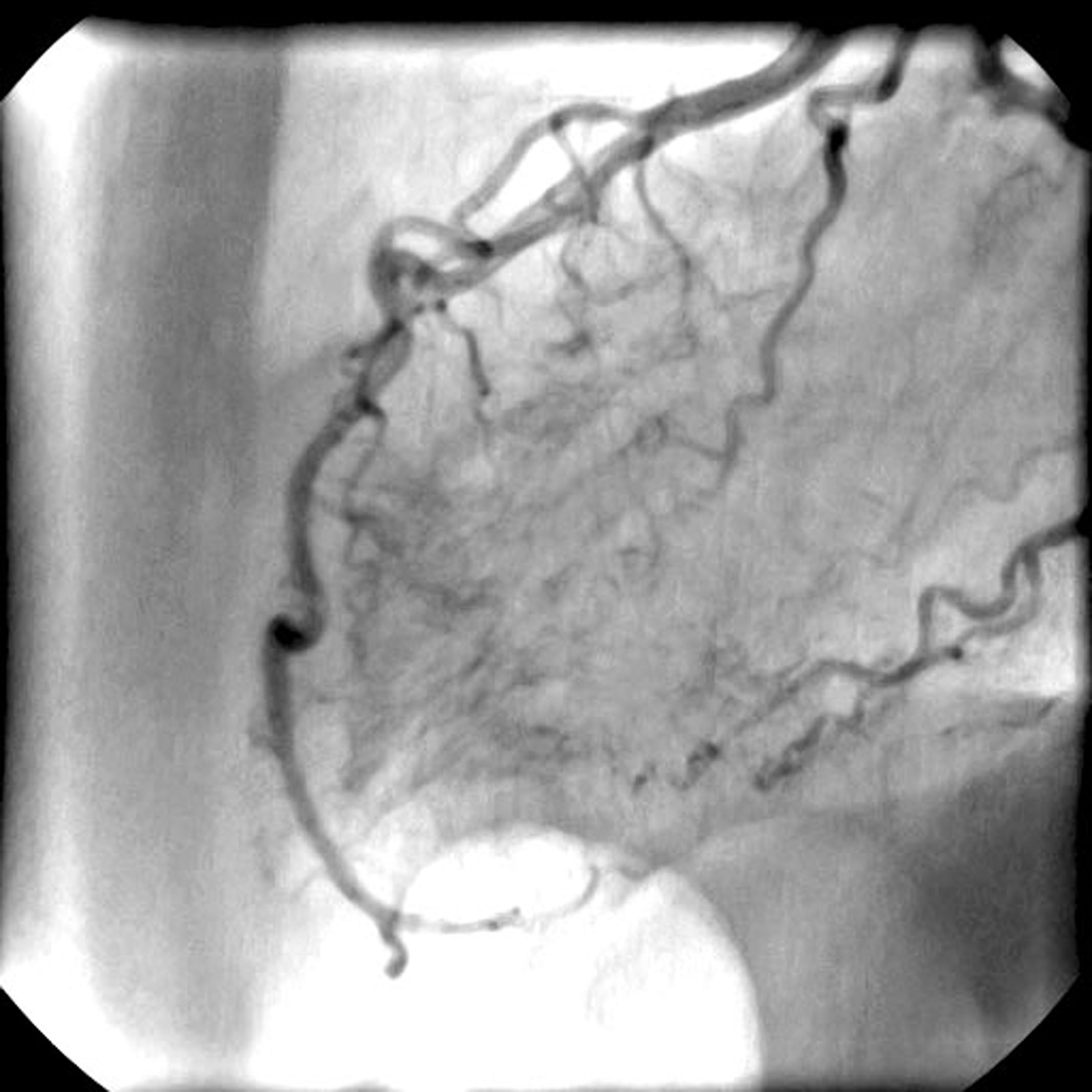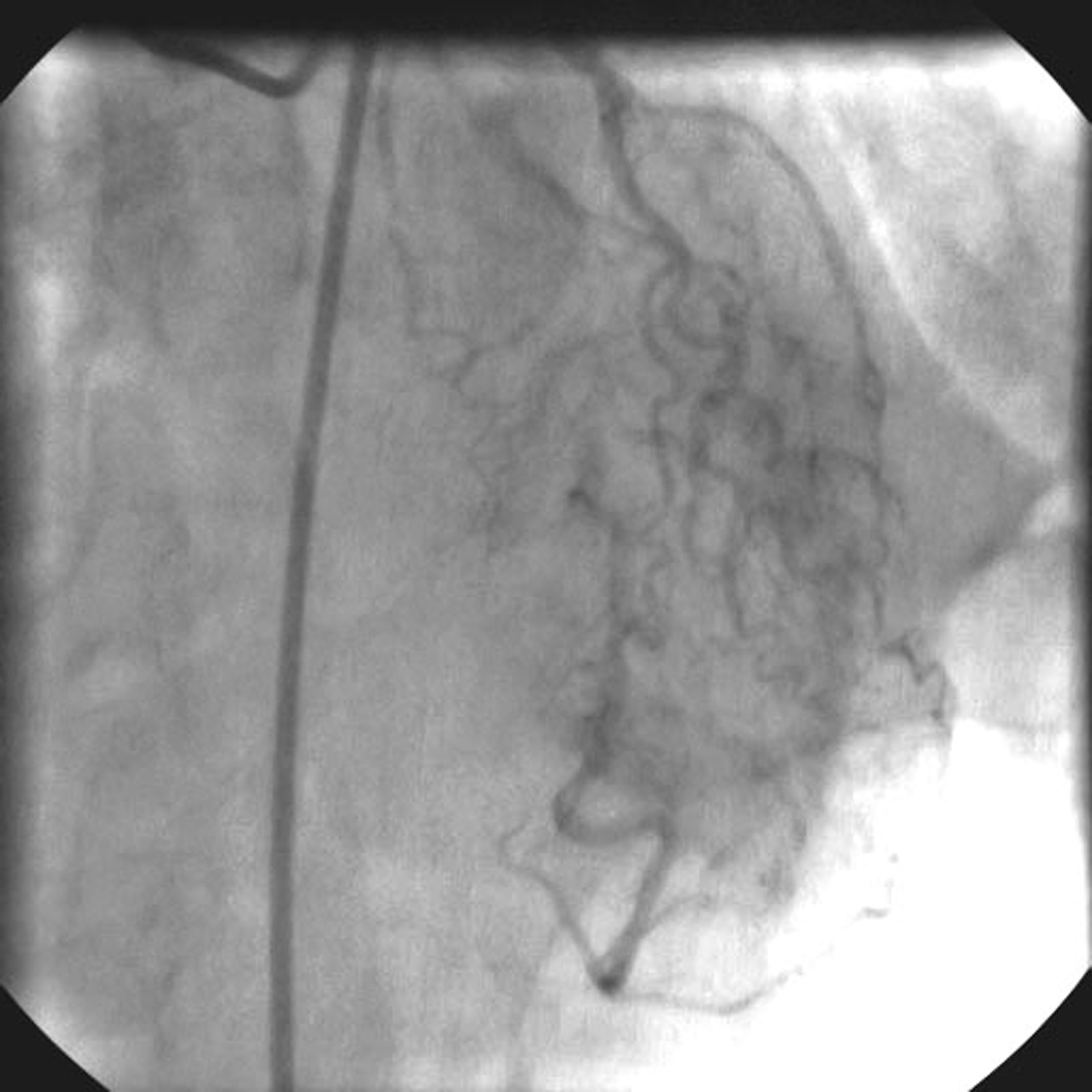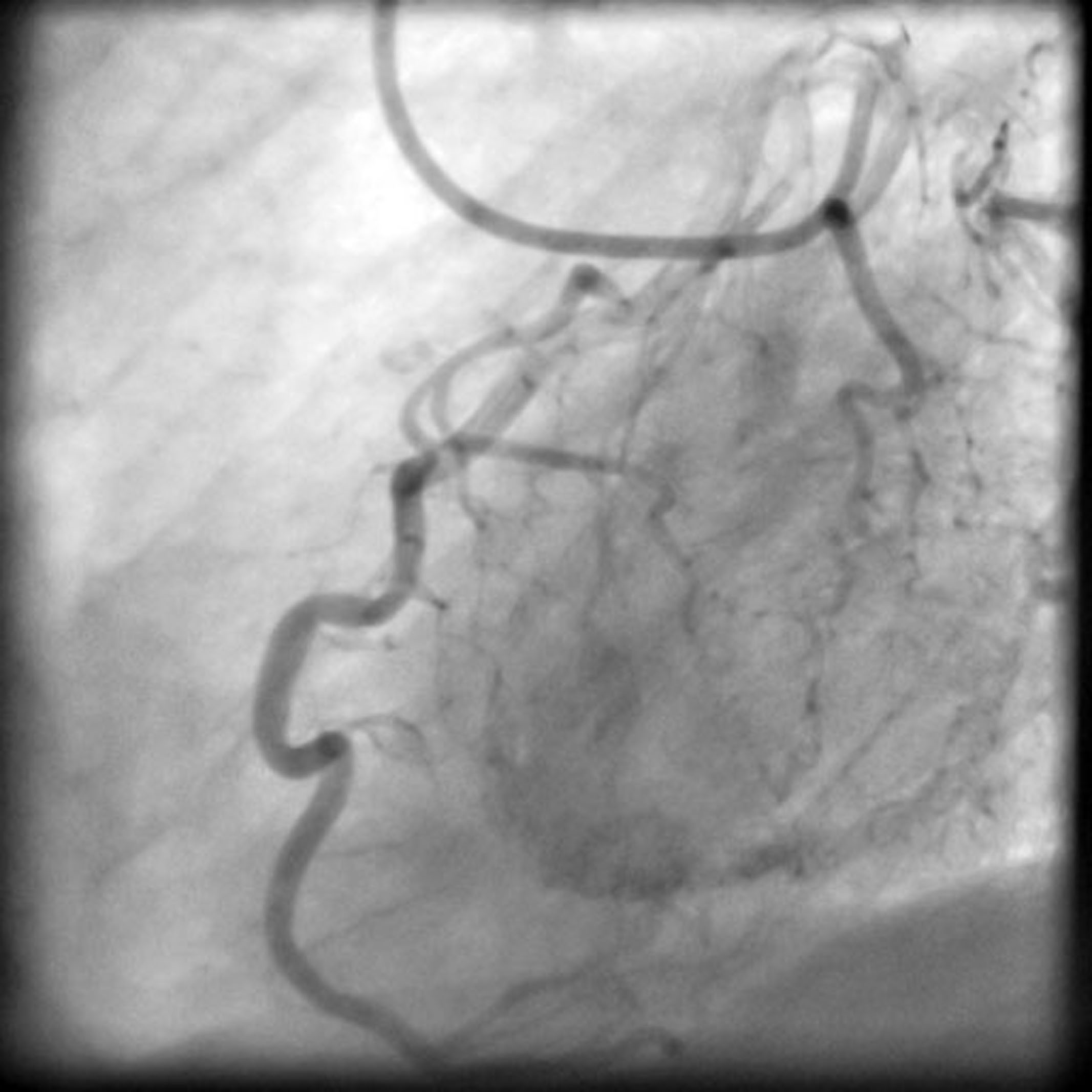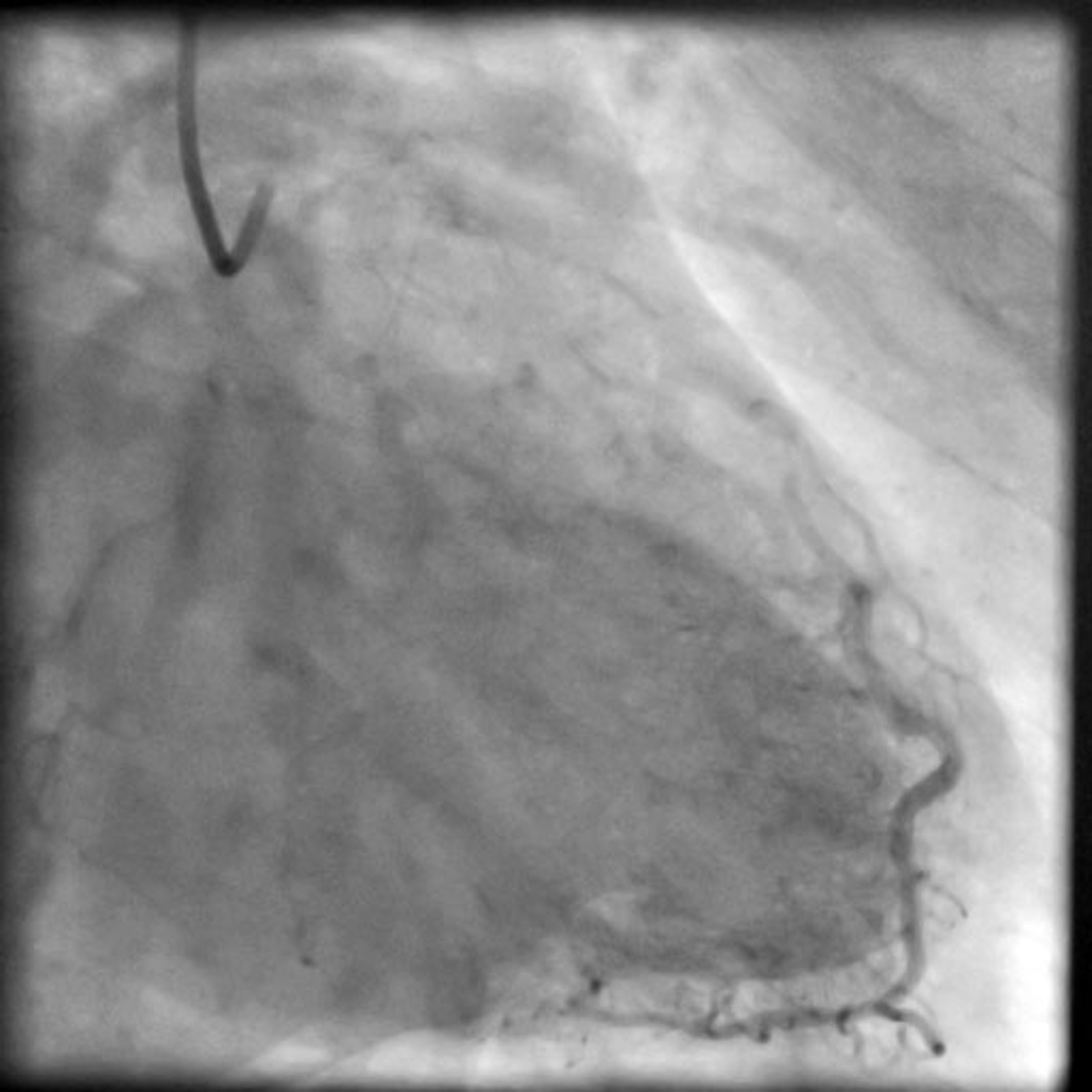Isolated Absence of Coronary Sinus: Two Cases Report
Mustafa Yolcu1, Serdar Turkmen2, Alper Sertcelik3, Canan Yolcu4, Talant Batyraliev5
1 Faculty, Erzurum Region Training and Research Hospital, Department of Cardiology, Erzurum, Turkey.
2 Faculty, Sani Konukoglu Medical Center, Department of Cardiology, Gaziantep, Turkey.
3 Faculty, Sani Konukoglu Medical Center, Department of Cardiology, Gaziantep, Turkey.
4 Faculty, Ataturk University School of Medicine, Department of Pediatric Cardiology, Erzurum, Turkey.
5 Faculty, Sani Konukoglu Medical Center, Department of Cardiology, Gaziantep, Turkey.
NAME, ADDRESS, E-MAIL ID OF THE CORRESPONDING AUTHOR: Dr. Mustafa Yolcu, Faculty, Erzurum Bölge Egitim ve Arastırma Hastanesi, Kardiyoloji Klinigi, Palandoken, Erzurum, Turkey.
Phone: +905552383776,
E-mail: yolcudoctor@gmail.com
Coronary sinus (CS) is the venous drainage system of the heart. Absence of the coronary sinus or atresia of ostium of the CS are rarely seen cardiac malformations. Congenital absence of CS usually is found together with other cardiac malformations, however, isolated congenital absence of CS is very rare. Multiple coronary-cameral fistulous connections, through which the blood drains into one of the cardiac chambers, are commonly seen in patients with CS abnormalities. Herein we present a case two cases of total absence of CS with a venous system draining directly into the left ventricle through Thebesian veins.
Coronary sinus, Congenital abnormalities, Heart ventricles, Exercise test
Case Report 1
In April 2007, a 40–year–old female patient was admitted to the cardiology clinic with a chief complaint of squeezing chest pain with five minutes duration, aggravating by exercise, for one year. On physical examination, a grade 1-2/6 systolic regurgitation murmur was detected. Other system examinations were normal. Electrocardiography (ECG) was in sinus rhythm and there was not any ST-T segment changes. Transthorasic echocardiography, left ventricular functions were normal and a mild mitral regurgitation was detected. In the exercise stress test, 2 mm ST segment depression in inferior derivations was detected and diagnostic coronary angiography was planned. Coronary arteries were found to be normal but contrast material followed an uncommon route in its venous return phase without forming CS and draining into left ventricle directly via Thebesian veins [Table/Fig-1, 2].
Coronary angiographic view of case-1 (90°LAO/4°CAU)

Coronary angiographic view of case-1 (28°RAO/38°CRA)

Case Report 2
In January 2013, a 40–year–old female patient was admitted to outpatient clinic with the complaint of angina five minutes duration during exercise for six months. Cardiac and other systems examinations were normal. The ECG was in sinus rhythm and there wasn’t any pathologic ST-T change. The transthorasic echocardiography revealed normal left ventricular functions and valvular structures. In the exercise stress test, 3 mm ST segment depression was detected in V5, V6, DI, aVL derivations and coronary angiography was planned. Coronary arteries were found to be normal, however, contrast material followed an uncommon route in its venous return phase without forming CS and draining into left ventricle directly via Thebesian veins, as in the first case [Table/Fig-3, 4]. A multislice CT is recommended to the patient but she did not accept the procedure. She was given medical therapy and was discharged with the diagnosis of absent CS.
Coronary angiographic view of case-2 (90°LAO/5°CAU)

Coronary angiographic view of case-2 (32°RAO/17°CAU)

Discussion
Coronary Sinus (CS) is the venous drainage system of the heart. Absence of the coronary sinus or atresia of ostium of the CS are rarely seen cardiac malformations [1,2]. Congenital cardiac malformations like single ventricle, hypoplastic left heart syndrome, atrial septal defect, systemic and pulmonary venous return anomalies including persistent left superior vena cava, generally accompany this anomaly [1,2]. Isolated congenital absence of CS is even more rare. Herein we present two cases of isolated congenital absence of CS without any associated cardiac malformations.
CS is formed by the union of great cardiac vein with Marshall vein and located in the posterior atrioventricular groove collecting much of the cardiac venous return [1]. CS abnormalities have benign character most of the time and are usually part of more complex congenital cardiac malformations [1].
Atresia of the CS ostium frequently accompanies persistent left superior vena cava leading retrograde caval flow into innominate vein, or unroofed CS [2]. In few cases, Thebesian veins were shown to drain directly into cardiac chambers or caval veins in patients with atresia of the CS ostium or congenital absence of the CS [3].
Absence of CS is an extremely rare condition, and in patients with other congenital cardiac malformations, the differenciation of absence and atresia of CS may be difficult [3]. Other malformations are common in patients with absence of CS, especially, persistent left superior vena cava draining into left atrium with atrial septal defect (infero-posterior type) is the most common one [4]. It is crucial for cardiac surgeons to detect this abnormality during repair of associated cardiac lesions [2].
Chen and collegues reported a case in which all coronary flow was draining into right pulmonary artery with persistent left superior vena cava (PLSVC) by large coronary fistulae [1]. In a case of Foale and collegues, complete absence of the CS was detected as an isolated abnormality and the cardiac veins were shown to drain separately into the left and right atrium [5]. A case of male patient with isolated absence of the CS and cardiac venous drainage into the left ventricle through multiple coronary-cameral fistulous connections, was demonstrated by Rao et al., [6]. Ogawa and collegues presented a case of an absent CS in which cardiac veins were draining into pulmonary artery [3]. In a case of Bastarrika and collegues, PLSVC, Scimitar syndrome and absence of CS were demonstrated [7]. Erol and collegues reported a case of absent CS accompanied ASD and PLSVC draining into left atrium [8]. Vizzardi and collegues presented a case of PLSVC with absence of CS [9].
In a case report of Rao and Ogawa ST segment depression was detected in exercise stress test [3]. Our patients had also experienced chest pain during exercise and myocardial ischaemia was demonstrated on treadmill exercise testing. Since, the coronary venous blood returned to a higher pressure site like left ventricle than the right atrium, myocardial perfusion might be adversely affected by exercise.
Multiple coronary-cameral fistulous connections, through which the blood drains into one of the cardiac chambers, are commonly seen in patients with CS abnormalities. Herein we are present here a case two cases of total absence of CS with a venous system draining directly into the left ventricle through Thebesian veins. As a result, isolated absence of CS is an extremely rare entity and it should be kept in mind that this clinical situation may lead to anginal symptoms since the cardiac venous system drains into a higher pressure chamber than the right atrium, directly with the Thebesian veins.
[1]. Chen CP, Lee KW, Liao CY, Huang CL, Coronary sinus atresia with cardiac veins draining into both the left superior vena cava and large coronary fistulae, treated by percutaneous coil embolizationActa Cardiol Sin 2007 23:119-24. [Google Scholar]
[2]. Janssen DR, Graham TP, Doyle TP, Moore JD, Occlusion of the coronary sinus ostium: a danger for cavopulmonary anastomosisCatheter Cardiovasc Interv 2005 64:108-11. [Google Scholar]
[3]. Ogawa K, Hishitani T, Hoshino K, Absence of the coronary sinus with coronary venous drainage into the main pulmonary arteryCardiol Young 2012;Oct 19:1-4. [Google Scholar]
[4]. Raghib G, Ruttenberg HD, Anderson RC, Amplatz K, Adams P, Edwards JE, Termination of left superior vena cava in left atrium, atrial septal defect, and absence of coronary sinus; a developmental complexCirculation 1965 31:906-18. [Google Scholar]
[5]. Foale RA, Baron DW, Rickards AF, Isolated congenital absence of coronary sinusBr Heart J 1979 42:355-8. [Google Scholar]
[6]. Rao CV, Raghu K, Sharada K, Jaishankar S, Absent coronary venous sinus: a rare anomalyIndian Heart J 2001 53:352-3. [Google Scholar]
[7]. Bastarrika G, Simon-Yarza I, Gavira JJ, Incidental computed tomography diagnosis of a rare triad consisting of absence of coronary sinus, persistent left superior vena cava, and scimitar syndromeInteract Cardiovasc Thorac Surg 2011 12:490-1. [Google Scholar]
[8]. Erol I, Cetin II, Alehan F, Varan B, Ozkan S, Agildere AM, Brain abscess associated with isolated left superior vena cava draining into the left atrium in the absence of coronary sinus and atrial septal defectCardiovasc Intervent Radiol 2006 29:454-6. [Google Scholar]
[9]. Vizzardi E, Fracassi F, Farina D, Nardi M, D’Aloia A, Chiari E, Persistence of left superior vena cava, absence of coronary sinus and cerebral ictusInt J Cardiol 2008 126:e39-41. [Google Scholar]